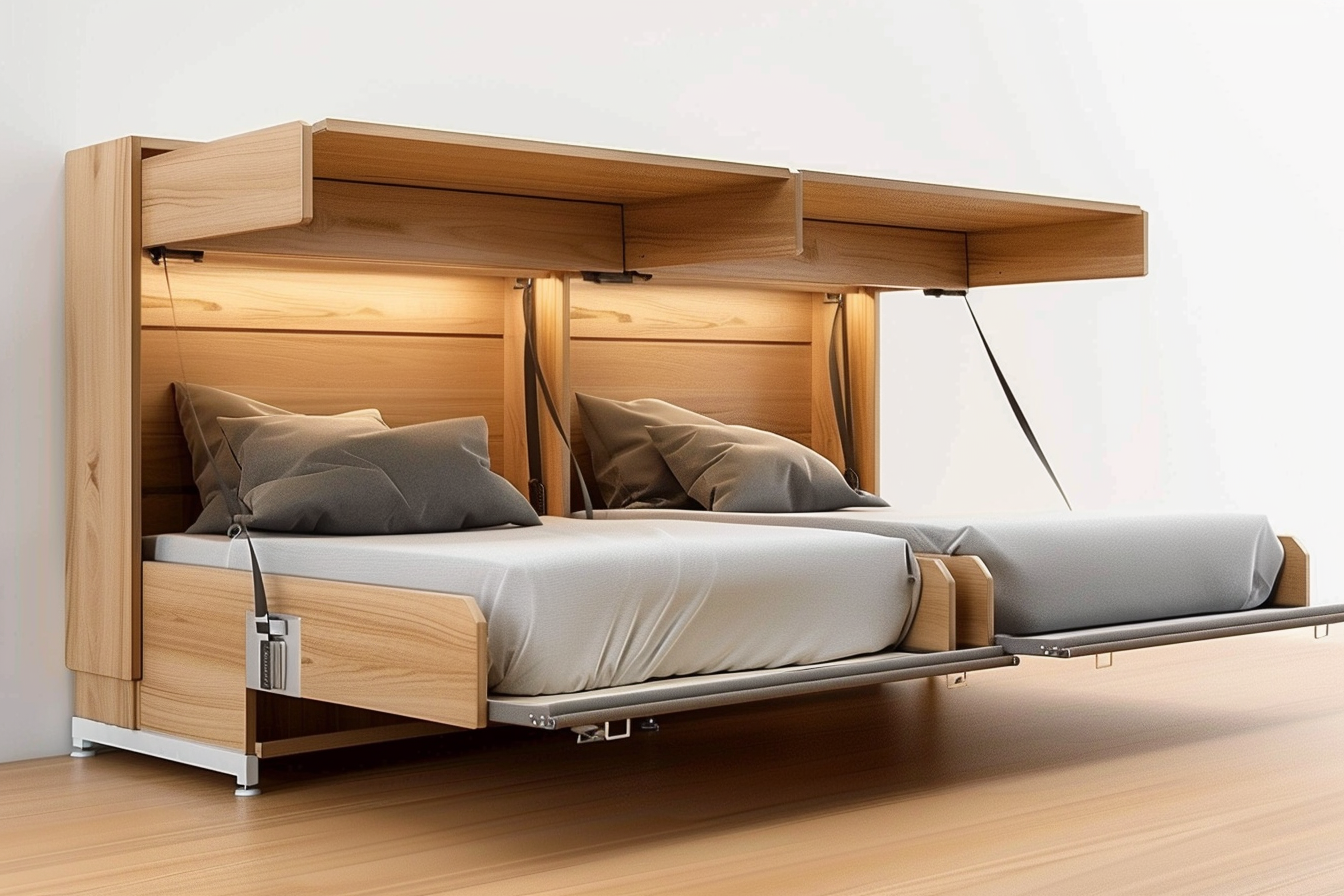Folding Beds: A Comprehensive Guide to Space-Saving Sleep Solutions
A folding bed represents the perfect marriage of functionality and space efficiency in modern living. These versatile pieces of furniture have evolved from simple cots to sophisticated sleep solutions that can seamlessly integrate into any home décor while providing comfortable accommodations for guests or daily use. Whether you're living in a compact apartment or want to maximize space in a larger home, folding beds offer practical solutions without compromising on comfort or style.

Key Features to Consider When Choosing a Folding Bed
The mattress quality stands as a crucial factor in any folding bed purchase. Most modern options come with memory foam or innerspring mattresses ranging from 5 to 8 inches thick. The frame construction material impacts both durability and weight capacity, with steel frames typically offering the most robust support. Consider the folding mechanism’s ease of use, as some designs require more physical effort than others to operate.
Space Requirements and Storage Solutions
Before purchasing a folding bed, carefully measure both your available floor space and storage area. Murphy beds typically require 7 to 10 square feet of wall space when deployed and minimal depth when folded. Cabinet beds need approximately 10 square feet of floor space when opened but transform into attractive furniture pieces measuring about 3 feet deep when closed. Rollaway beds require dedicated storage space but offer the advantage of mobility.
Common Applications and Use Cases
Folding beds serve multiple purposes across various settings. In home offices, they transform workspace into guest rooms when needed. Studio apartments benefit from Murphy beds that maximize living space during daytime hours. Hotels and healthcare facilities often employ rollaway beds for temporary accommodations. Some models even feature built-in desks or shelving systems, making them ideal for student housing or multi-purpose rooms.
Maintenance and Longevity Considerations
Regular maintenance ensures optimal performance and extends the life of folding beds. Check the hinges and moving parts every few months, applying lubricant as needed. Inspect the mattress support system annually for signs of wear. Most quality folding beds last 8-15 years with proper care, though the mattress may need replacement sooner depending on usage frequency.
Popular Models and Price Comparisons
| Model Type | Average Price Range | Key Features |
|---|---|---|
| Basic Rollaway | $150-300 | Wheels, basic mattress, steel frame |
| Cabinet Bed | $800-2,000 | Furniture finish, storage drawer, memory foam |
| Murphy Bed | $1,500-4,000 | Wall mounting, desk/shelf options, premium materials |
Prices, rates, or cost estimates mentioned in this article are based on the latest available information but may change over time. Independent research is advised before making financial decisions.
Safety considerations play a vital role in folding bed design and usage. Modern models include locking mechanisms to prevent accidental closure, weight distribution systems for stability, and sturdy frames to support various user sizes. When selecting a folding bed, verify that it meets current safety standards and includes appropriate safety features for your intended use.






